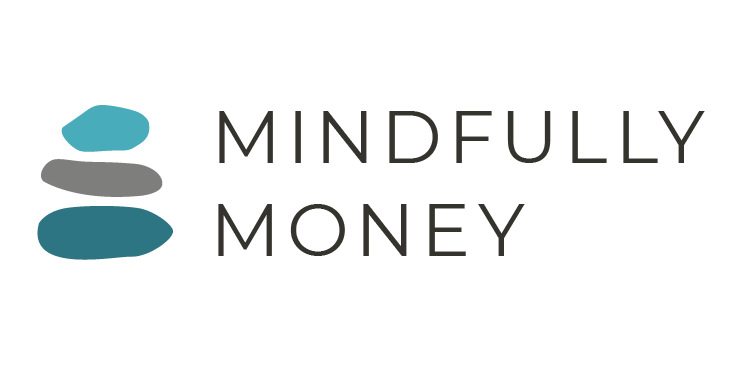Job Loss, Medical Costs and Home Repairs: How to Be Prepared for When Something Goes Wrong
Photo: nicolahstyles on Unsplash
It’s no surprise that building an emergency fund is one of the top personal finance tips. Financial emergencies like job loss, sudden medical expenses, or unexpected home or car repairs can take you from barely making it to full-on financial disaster in the blink of an eye.
One minute you’re carefully planning every dollar you spend so as not to go over budget and the next you’re financing your new roof on your credit card and accumulating massive high-interest debt.
With an increasing lack of financial security, many middle-class Americans are lying awake at night worrying what they’ll do if something happens.
And that leads to guilt and unease anytime you spend money on anything that’s not strictly necessary because you don’t have any sense of security.
Having a plan and a stash of cash can not only prepare you for something happening; it can also give you peace of mind and free you up to spend on things that make your life more enjoyable.
Photo: Micheile Henderson on Unsplash
What is an emergency fund?
An emergency fund is just money you have saved and set aside specifically to cushion the blow of a financial emergency. Many people like to keep this money in a separate savings account or sub-account, but it can also just be a certain amount that you always keep in your checking or savings account.
What counts as an emergency?
Many personal finance experts say that an emergency fund is only for truly catastrophic situations, generally related to job loss or medical emergencies. And it is good to be prepared for these situations.
However, you also need to have backup savings for more everyday situations.
Having to pay someone to come fix the garage door or unclog the kitchen sink drain is bad enough without having to worry about how you’ll pay for it.
You may not know what these unexpected expenses will be, but you do know they will happen and it’s best to be prepared.
How much should I have in my emergency fund?
The standard suggestion is 3-6 months worth of living expenses in an emergency fund. However, the pandemic has clearly demonstrated the insufficiency of this amount.
An emergency fund reserved solely for true emergencies resulting in income loss or large expenses should ideally be closer to 9-12 months. On top of this, you should set aside money for home and car repairs, smaller medical bills, unanticipated travel to visit ill relatives, and anything else that wasn’t in the plan.
Keep in mind that many people simply forget to budget for holiday gifts, travel costs, regular maintenance, etc. These are not emergencies. Do your best to look at past years to figure out how much to plan for when you create your budget.
What are your risks?
Having an emergency fund is part of your overall risk management strategy. The higher your risks are, the more you should be prepared.
Questions to ask yourself:
How stable is your income from one month to the next?
Do you and your spouse work in the same industry? What is the risk of you being laid off at the same time?
Do you have any other financial “cushions” or sources of income?
How much insurance do you have and how comprehensive is it?
Do you have heightened risks due to your type of work, having pre-existing conditions, etc?
All of these factors can affect how big your emergency fund should be.
In addition to having a substantial stash of backup money, it’s important to make sure that you have comprehensive insurance coverage. Ideally, you should have coverage for health, home, auto, and disability insurance. Many people also need life insurance.
Emergency fund vs. other goals
Building up an emergency fund can be overwhelming when it is just one of many financial goals you have. How do you prioritize?
One common recommendation is to make a smaller emergency fund your top priority. For example, Dave Ramsey recommends that you set aside $1000 before switching focus to debt payoff. Others say you should have the equivalent of three months of living expenses saved before moving on to other goals.
It makes sense to have a small emergency fund first to reduce the risk of going back into debt.
Once you have a small emergency fund, you can start dividing up available money between debt payoff and retirement savings.
Paying off high-interest debt (such as that from credit cards) makes sense because of the high interest you are paying. Eliminating credit card debt faster saves you money in interest.
On the other hand, the earlier you start saving for retirement, the better.
What you ultimately decide is a personal preference, but remember that you don’t have to choose just one goal at a time. It is perfectly fine to increase your emergency fund, pay off debt, and save for retirement all at the same time.
How to grow your emergency fund
Decide on an amount you want to save each month and create an automatic transfer to your savings account.
If you budget, include the monthly emergency fund contribution as one of your expenses.
Cancel a subscription or service you use and re-allocate that money toward your emergency fund.
Use any tax refunds, bonuses, monetary gifts, stimulus checks, or raises.
Sell some belongings.
Get a part-time job until you have your emergency fund.
Put your savings in a high yield savings account where it will earn more in interest than it would in an ordinary savings account.
Did you find this article helpful? Don’t forget to check out my other blog posts and share this article with others who might need this information.
Pin for later:



